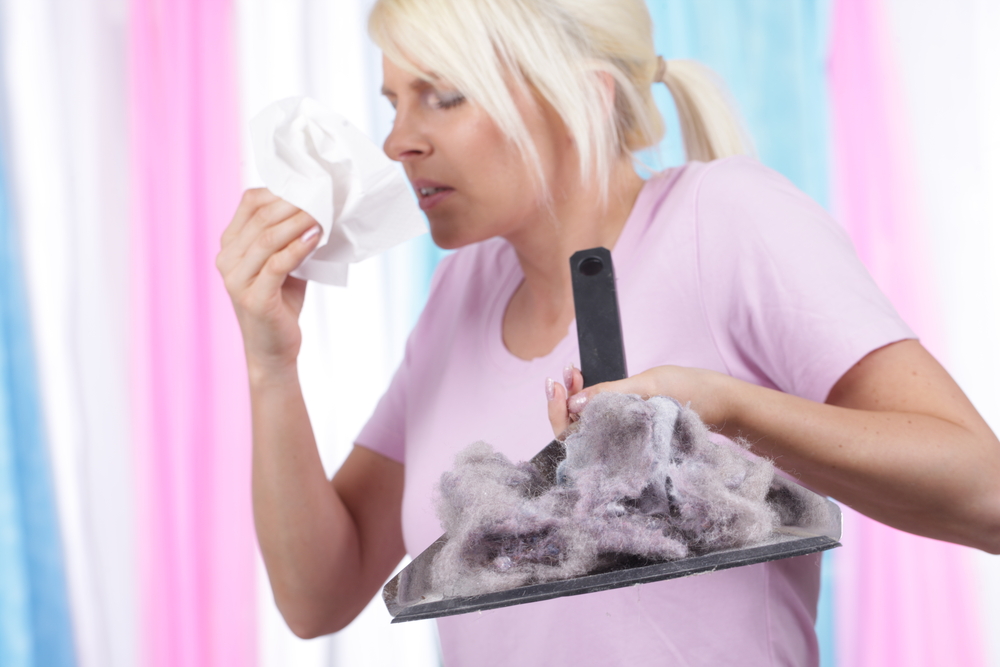Indoor allergens refer to any components that provoke allergic reactions in susceptible people. It may be:
- House dust
- Mold spores
- Pollen
- Fabrics
- Dust mites
- Cockroaches
- Cat dander
- Dog dander
- Pet rodents
- Horsehair
- Houseplants
Cockroach allergy can be a major factor in serious asthma and nasal allergy.


